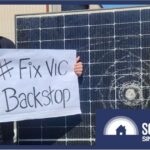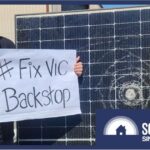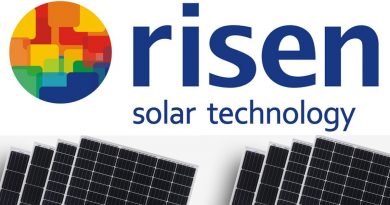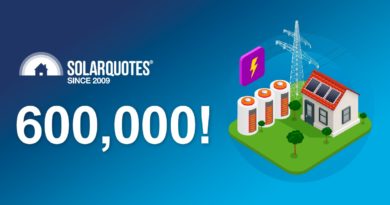Victoria’s Emergency Backstop Mechanism For Solar Looms

A requirement in Victoria that new home solar power systems are able to be throttled or switched off remotely is meant to kick in soon; but there may be some re-jiggering.
First, why is an emergency backstop mechanism needed?
Home solar power uptake in Victoria has been zipping along, due in part to rising energy bills and the generous Victorian solar panel rebate. But you can have too much of a good thing; particularly on mild, sunny days when mains electricity demand is low and solar exports are high – so high that it creates network stability issues. In a worst-case scenario, this could lead to blackouts and infrastructure damage.
The emergency backstop mechanism (EBM) will help avoid this, and among other benefits are allowing more systems to be installed and paving the way towards flexible exports.
As the name suggests, the emergency backstop mechanism is intended for use only in dire situations. As a first step if activated after direction from the Australian Electricity Market Operator (AEMO), a Distributed Network Service Provider (DNSP) will only reduce or switch off solar exports so a household can continue to consume their self-generated electricity. If network stability issues persist, the DNSP may turn off systems as a last resort and for a short duration. In either scenario, the customer will still have mains supply. An “all-clear” signal will be sent when the emergency passes and exports/operation will return to normal.
How Will The Emergency Backstop Be Implemented?
A solar system must be able to communicate using the Common Smart Inverter Profile Australia (CSIP-AUS) and be connected to the internet so it can receive these signals from a DNSP.
SQ founder Finn explained CSIP-AUS last year when the Victorian government was calling for input into the design of an emergency backstop mechanism. At the time, he recommended CSIP-AUS as being much more elegant than what some states have introduced, and South Australia had already done the hard yards implementing CSIP-AUS requirements.
Who Will Be Impacted?
Stage 1 of the EBM commenced in late October last year, but only applied to new, upgraded (meaning inverter) or replacement systems above 200kW capacity; unless an inverter is being replaced under warranty like-for-like.
Stage 2 applies to smaller grid-connected systems from July 1. But if you already have a solar power system installed or an inverter is being replaced like-for-like under warranty, this will not affect you. Only those installing new systems, or upgrading (inverter) or replacing an existing system will be impacted. Thanks to SA’s efforts, there are plenty of good quality solar inverters that comply, and other third-party devices are available.
If the internet cannot be connected at your premises, you can still install a solar system without EBM enabled, but it will still need to have EBM compliant equipment and lower export limits will be applied, unlikely to be greater than 1.5 kW.
Uncertainty Around July 1
As for the July 1 kick-off, there’s a notice on the Department of Energy, Environment and Climate Action’s (DEECA’s) information page stating:
“DEECA is currently reviewing the industry’s readiness to meet a 1 July 2024 commencement date for Stage 2 and will provide an update on any decision to introduce transitional arrangements for compliance on the completion of this review.”
What “transitional arrangements” might look like, I don’t know – but with under 4 weeks to go, things are being cut a bit fine. DEECA may just provide a little wiggle room for extenuating circumstances, or perhaps there are some bugs in regulatory/admin processes that still need stomping.
In summary, there shouldn’t be anything to fear from Victoria’s big red button. There’s been little hollering from SA system owners stating they have been negatively affected that I’m aware of. This is just part of Australia increasingly shifting to a renewable energy based electricity system, and at least in Victoria it appears this is generally being done right in terms of the remote shutdown tech chosen.
To find out more, check out the Emergency Backstop Mechanism customer factsheet. For installers, read DEECA’s emergency backstop industry guidance.
Original Source: https://www.solarquotes.com.au/blog/vic-solar-emergency-backstop-mb2936/















